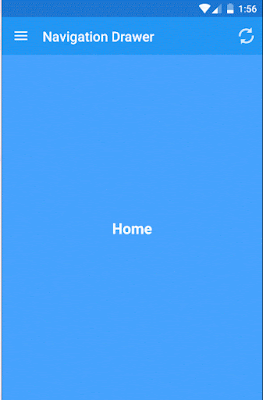Here i'm going to share one of the simple method to fetch sqlite database file from android device for xamarin or visul studio installed in mac machine.
Recently when i was checking data stored in the sqlite db from android device, i couldn't do it easily as i fail to run ADB commands from my terminal.
Same if you are fetching DB file from Emulator it is pretty straight forward.
Launch Device Monitor(Tools-> Device Monitor)
select Emulator from left pane
select File Explorer from right pane
Navigate to app data base file-> /data/data/com.appName.MyApp/databases/
Select required database file->"Pull a file from device" option from top right as shown in screen
Copy DB file to machine storage and open using sqlite db browser(http://sqlitebrowser.org/)
To fetch DB from android device using Windows machine we can use the following ADB command















